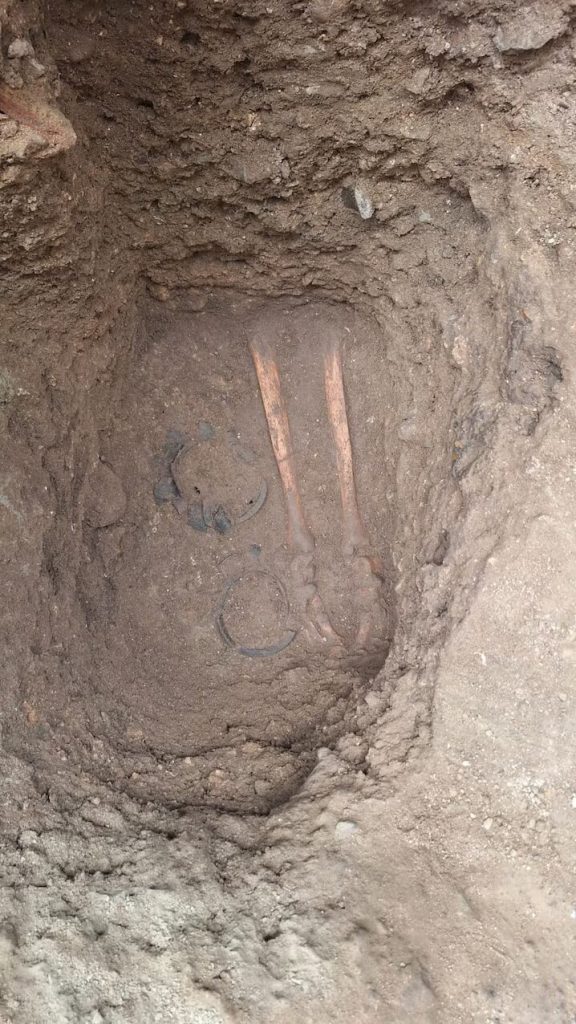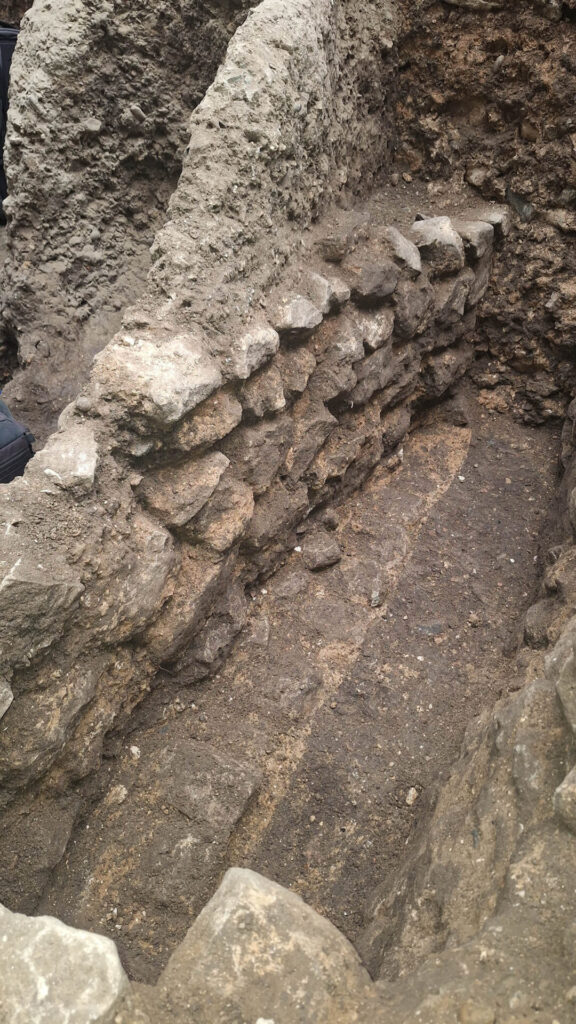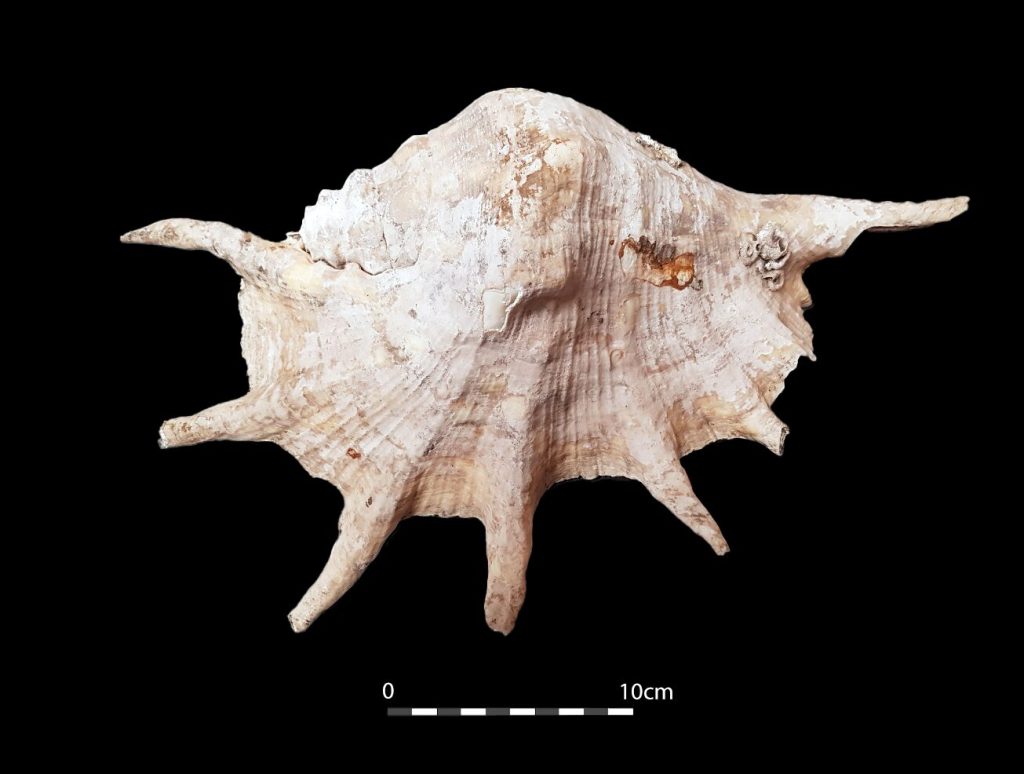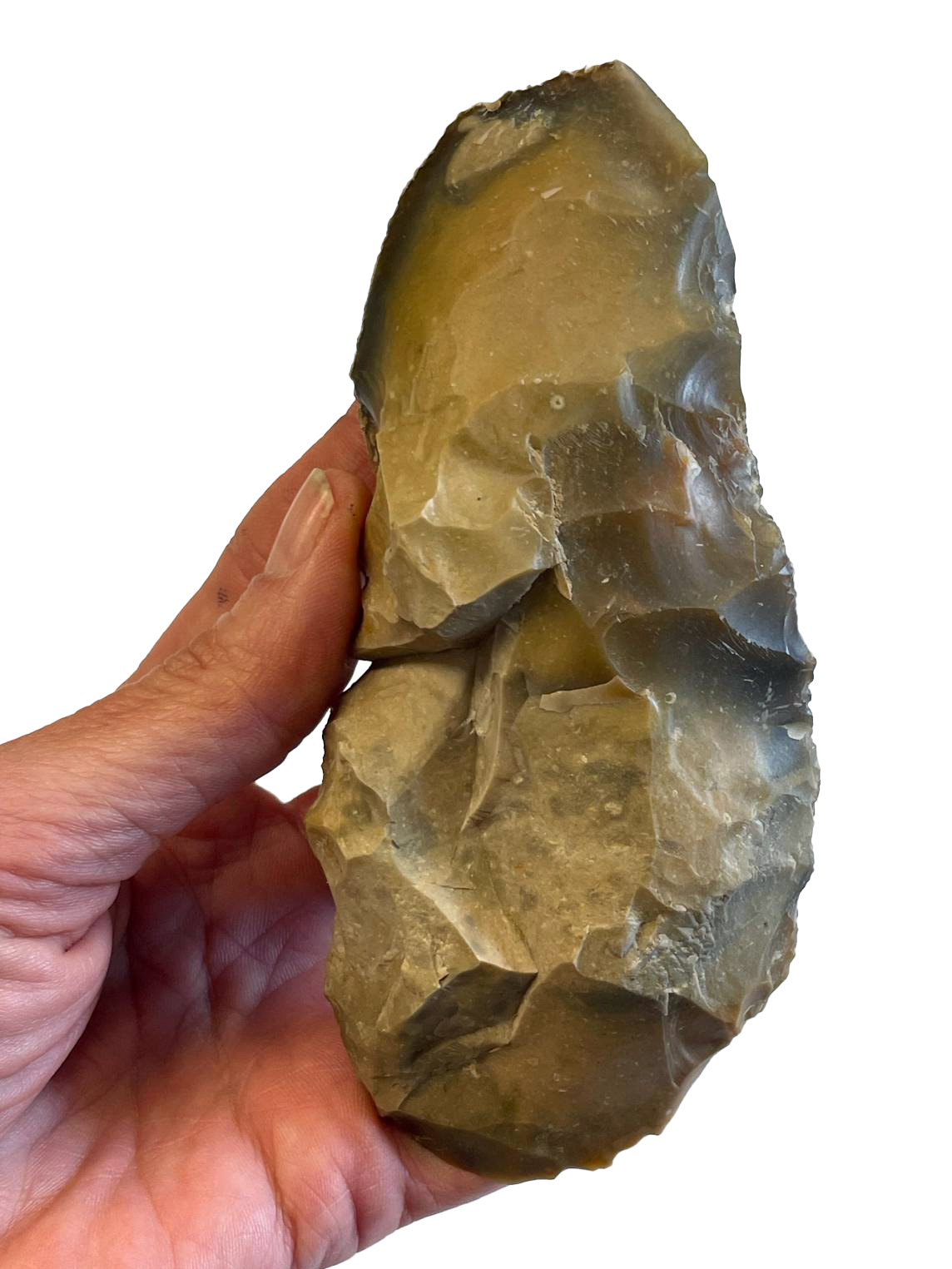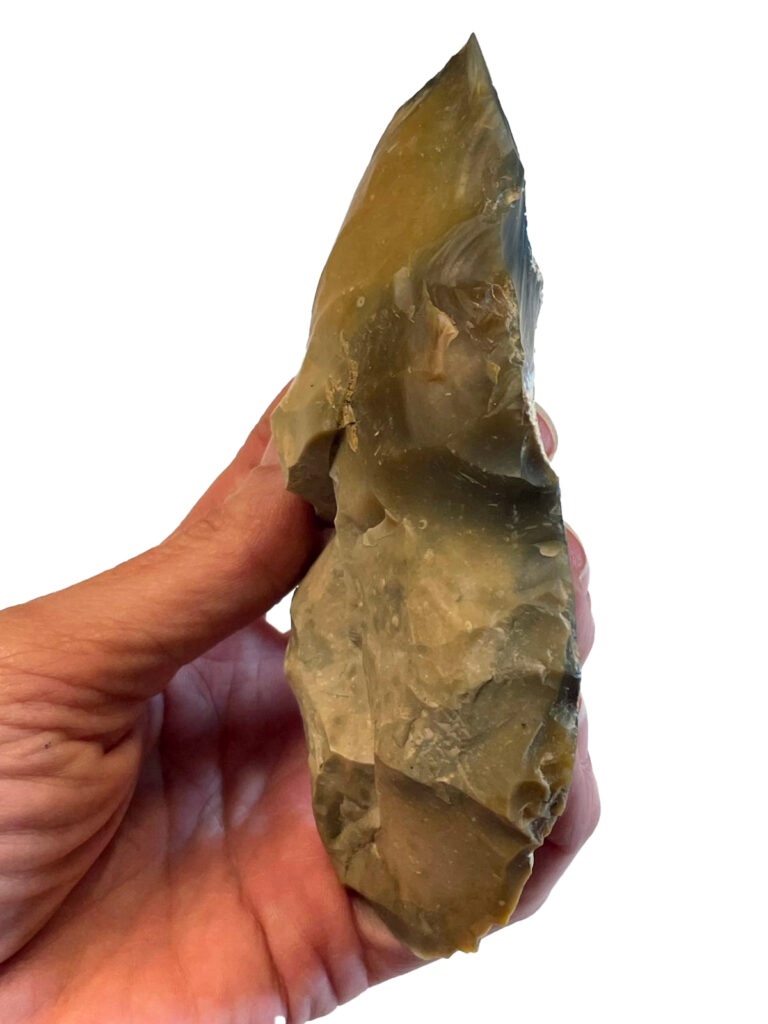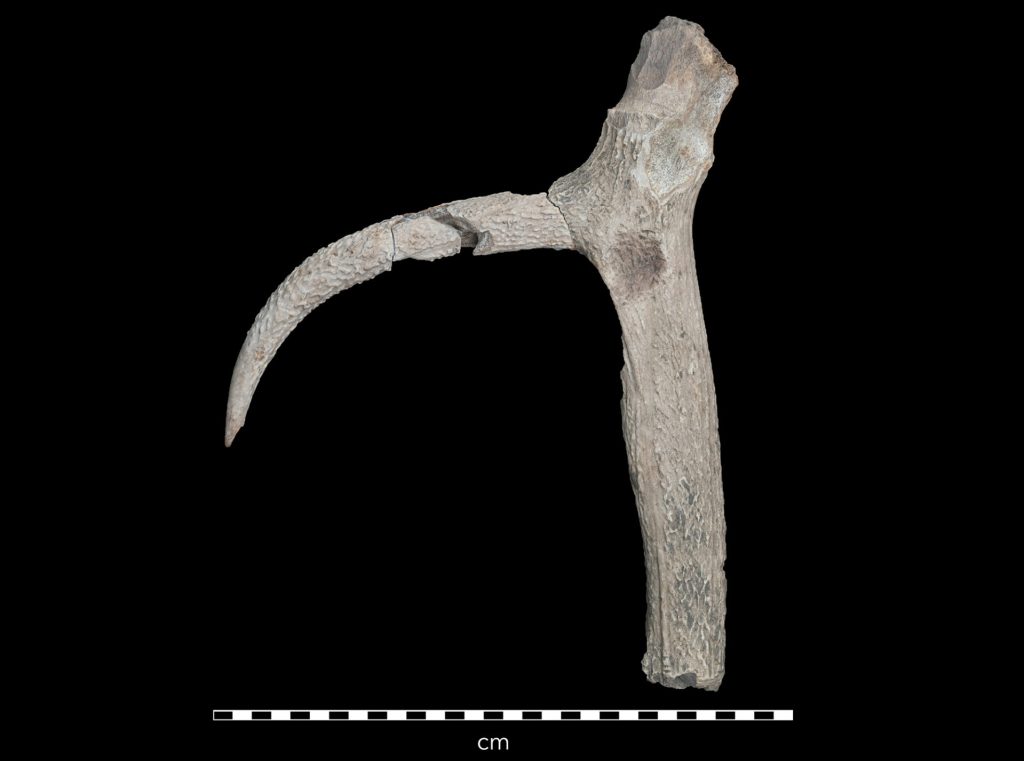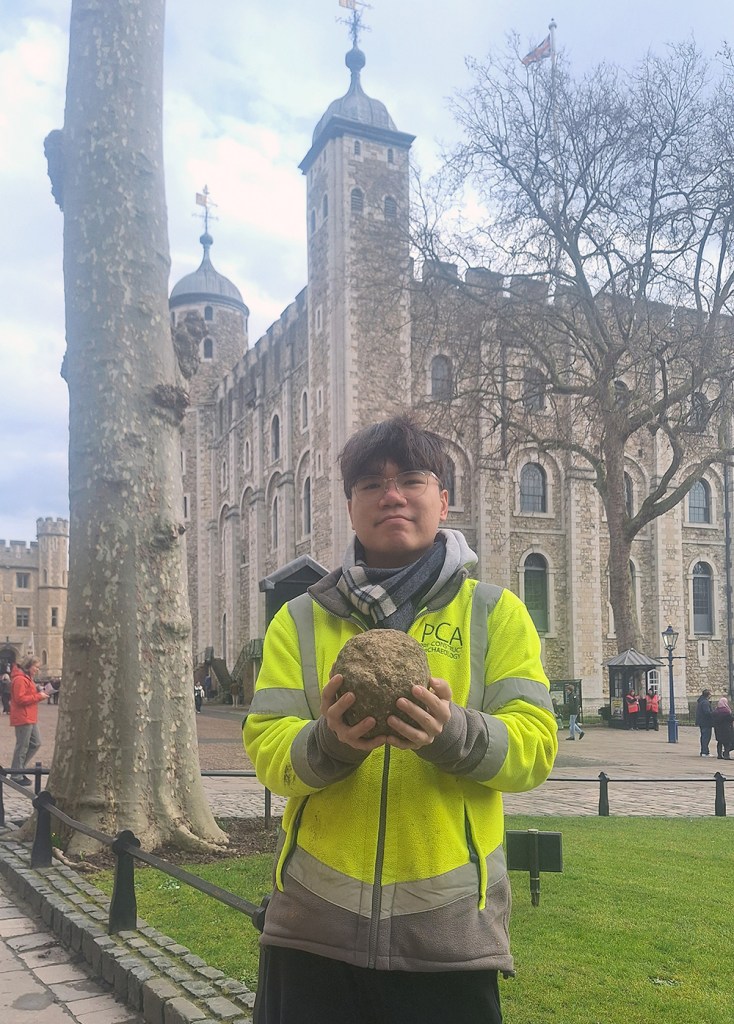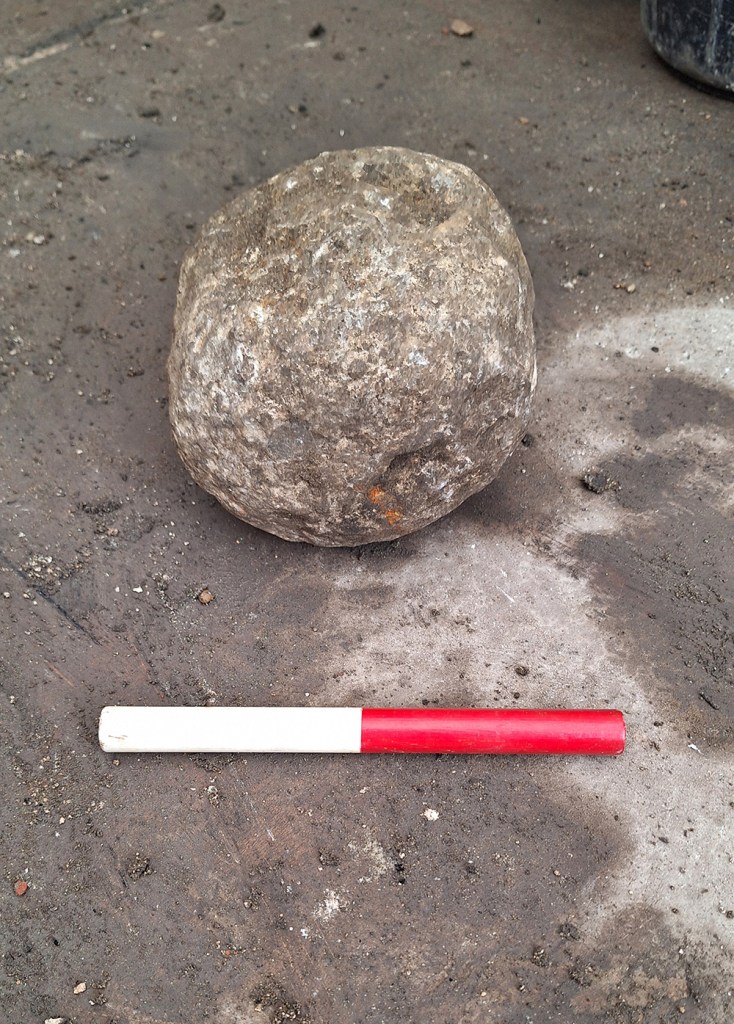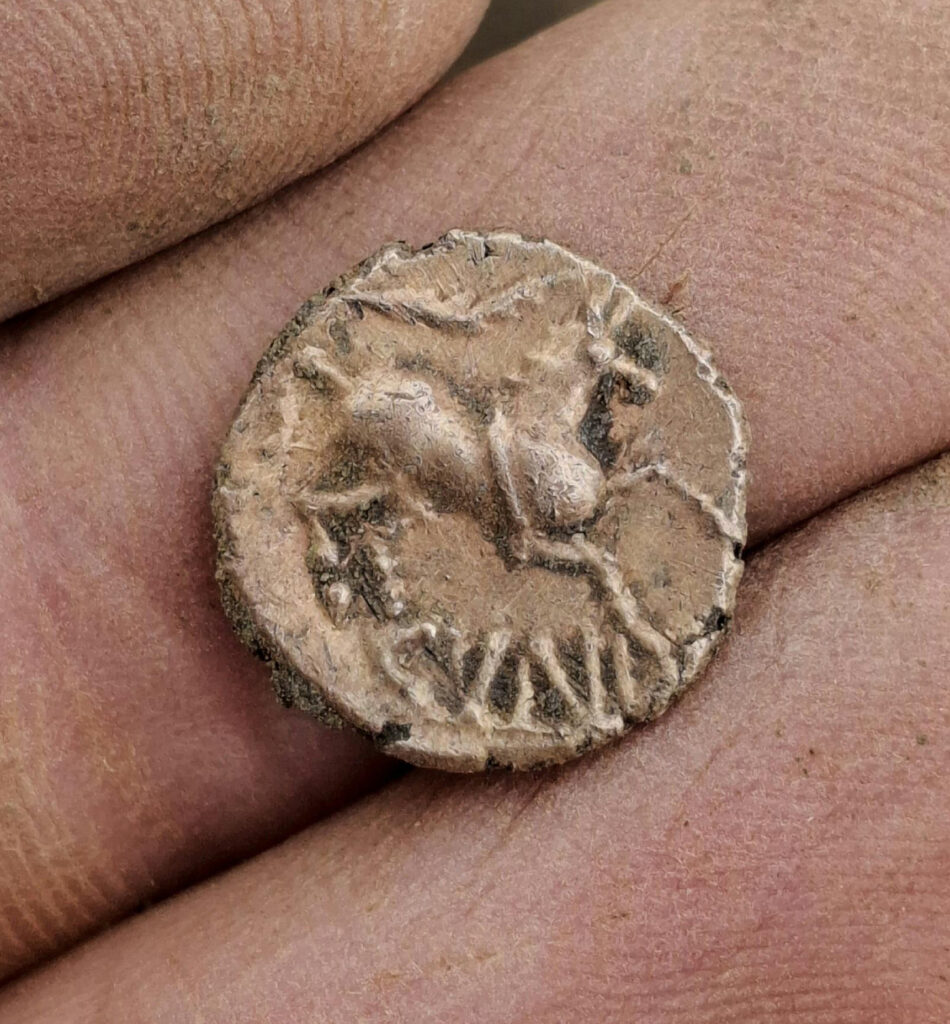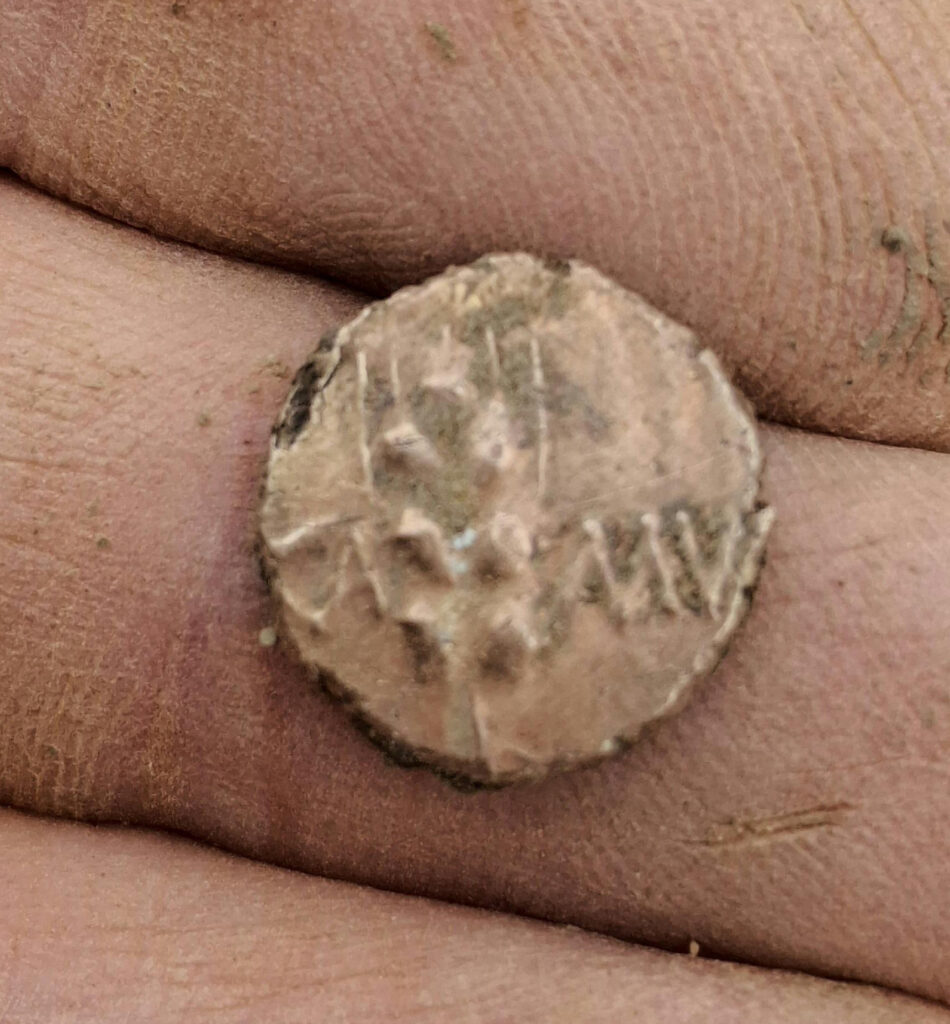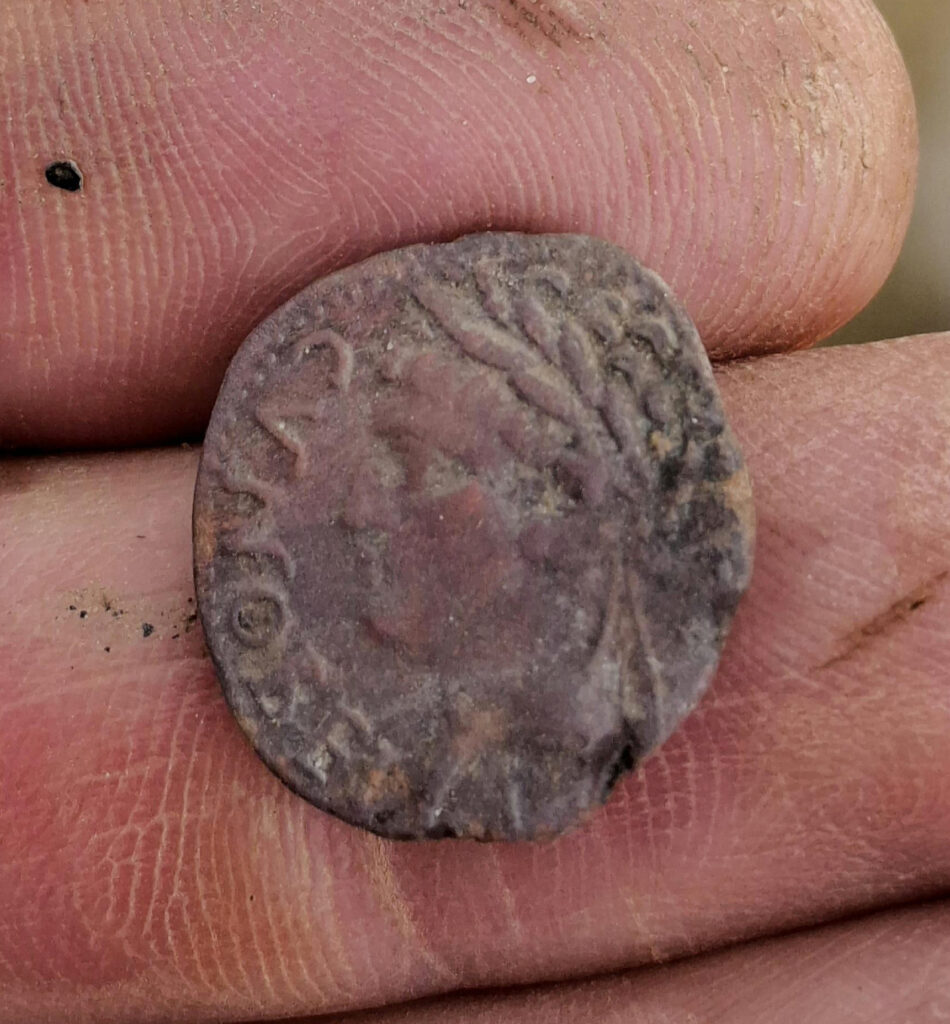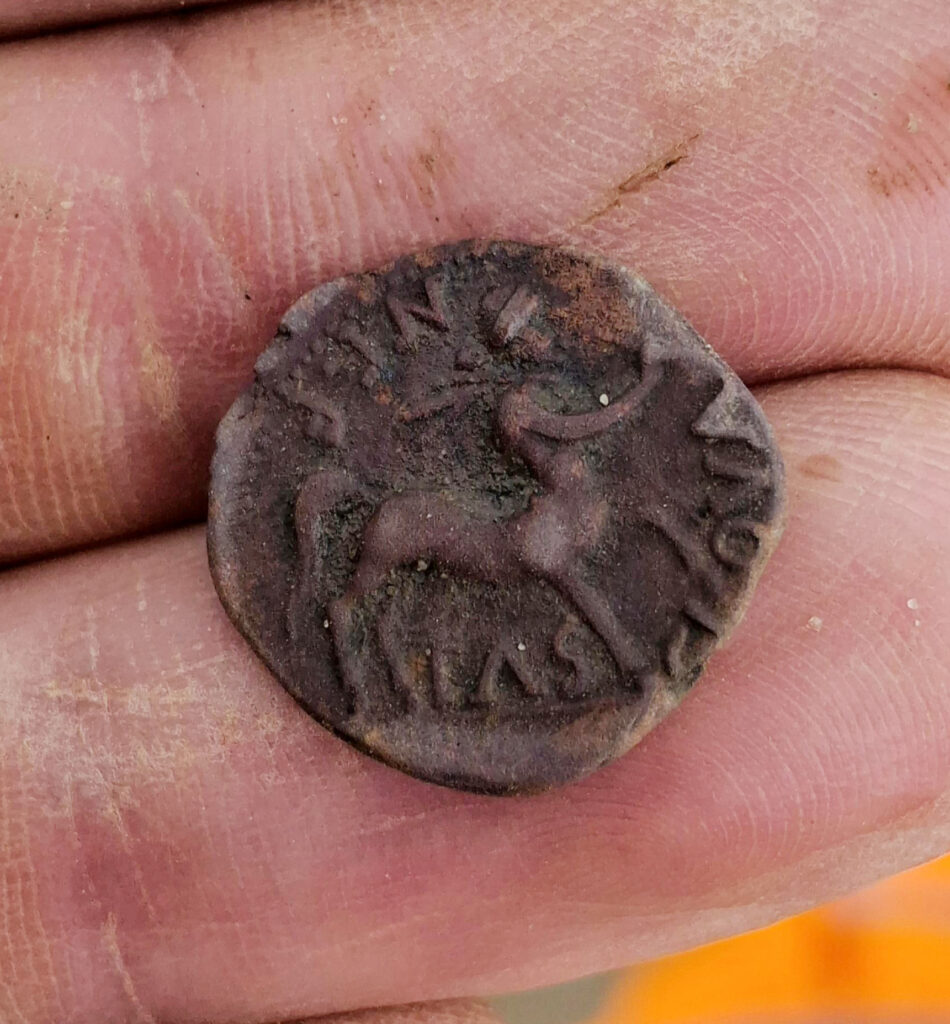In archaeology, individual finds are valuable, but it’s often the bigger picture that tells the real story. Assemblages, or groups of objects found together, can reveal patterns of behaviour, trade, and chronology in ways that isolated finds simply can’t. Too often, limited sampling or tight excavation windows mean specialists don’t get the volume of material needed for meaningful analysis. But when we do have the chance to excavate large assemblages, especially of pottery, the payoff can be huge.
Large ceramic assemblages are crucial for refining chronological frameworks in British archaeology. Pottery styles evolve rapidly and vary regionally, making them sensitive indicators of time and cultural change. Analysing form, fabric, and decoration across stratified contexts allows us to build precise dating sequences and trace shifts in occupation, identity, and social practice.
This approach is central to regional research agendas, like those set out in the East of England and South West Archaeological Research Frameworks, which emphasise the importance of ceramic studies in understanding settlement patterns, trade networks, and social transformations. Large assemblages also allow for statistical analysis and comparison across sites, strengthening regional chronologies and contributing to broader narratives of historical development.
Our long-running excavations in Milton Keynes offer compelling evidence for the value of an assemblage-based approach. Prehistoric pottery specialist Lawrence (pictured here with finds supervisor Emily and project officer Jenn) is now nearing the end of an epic cataloguing effort from an unusual site spanning 12 hectares. This site was established in the mid-1st century BC and spans the late Iron Age with all activity ceasing by around AD70. With over 72,000 pottery sherds, weighing approximately 1.1 metric tonnes, this is starting to look like a very significant assemblage with a fascinating story to tell – watch this space!

